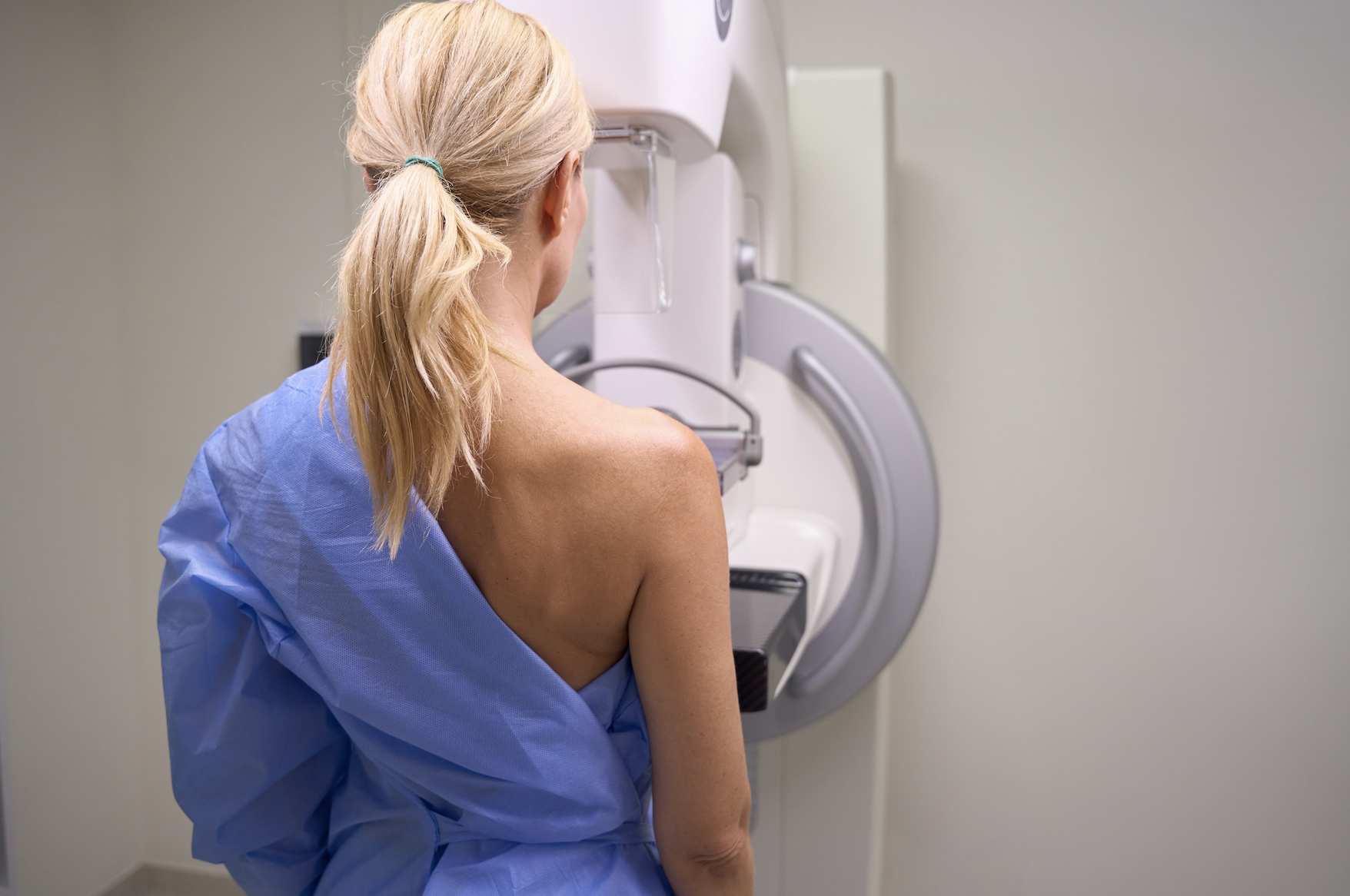
NEWPORT BEACH, Calif. (October 15, 2024) – As part of October Breast Cancer Awareness Month, Hoag joined the Lobular Breast Cancer Alliance (LBCA), a US nonprofit organization whose mission is to raise awareness and promote more research for an understudied type of breast cancer, to declare October 15th “Global Lobular Breast Cancer Awareness Day.”
Invasive lobular carcinoma (ILC), or lobular breast cancer, is the second most common type of breast cancer. But despite being so common, accounting for 15% of breast cancer diagnoses worldwide, it receives less than 1% of federal research funding and has no targeted treatments.
“In collaboration with lobular scientists, researchers and patient advocates worldwide, Hoag is proud to raise awareness for lobular breast cancer and work to find better ways to detect and treat this long over-looked breast cancer type,” said Gary A. Ulaner, M.D., Ph.D., F.S.N.M.M.I., F.A.C.N.M., the James & Pamela Muzzy Endowed Chair in Molecular Imaging & Therapy at the Hoag Family Cancer Institute.
What differentiates lobular breast cancer from the more common non lobular carcinomas is the tumor cell’s lack of the protein E-cadherin, which helps cancer cells form lumps. Instead of clumping together, ILC tumor cells form in thin strings like cobwebs. This makes them extremely hard to detect with mammograms, especially in women with dense breast tissue, or to image elsewhere in the body if metastasized.
“More than 40,000 women are diagnosed with ILC each year,” said Monica Mita, M.D., co-director of early phase development therapy and co-director of breast medical oncology. “Today it is diagnosed and treated along the same lines as usual breast cancer ductal carcinoma, although ILC has distinct biological and behavioral characteristics that make it more difficult to detect and treat, with decreased response to standard of care treatments.”
“As such, ILC represents an unmet need for patients and further research is crucial to help improve detection, treatment, prevention of metastasis, and ultimately, develop better treatments for people with ILC,” added Chaitali Nangia, M.D., Co-Director, NK Cell Therapy Research at Hoag Family Cancer Institute.
Hoag Family Cancer Institute has been at the forefront of clinical trials for patients with ILC. Dr. Ulaner has led research trials and international clinical consortiums demonstrating the value of estrogen receptor (ER)-targeted molecular imaging for patients with ILC (JAMA Network Open 2024 and Journal of Nuclear Medicine 2023). These studies demonstrate how molecular imaging may improve staging and detection of suspected recurrence for patients with ILC.
“We are dedicated to continuing research on ILC to bring our patients the best methods to image and treat this type of cancer,” said Dr. Ulaner.
For more information, visit https://hoag.org/breast
ABOUT HOAG
Hoag is a nonprofit, regional health care delivery system in Orange County, California. Delivering world-class, comprehensive, personalized care, Hoag consists of 1,800 top physicians, 16 urgent care facilities, 11 health & wellness centers, and two award-winning hospitals. Hoag offers a comprehensive blend of health care services that includes seven institutes providing specialized services in the following areas: cancer, digestive health, heart and vascular, neurosciences, spine, women’s health, and orthopedics through Hoag’s affiliate, Hoag Orthopedic Institute, which consists of an orthopedic hospital and four ambulatory surgical centers. Hoag is the highest ranked hospital in Orange County by U.S. News & World Report and the only OC hospital ranked in the Top 10 in California, as well as a designated Magnet® hospital by the American Nurses Credentialing Center (ANCC). For more information, visit hoag.org.



